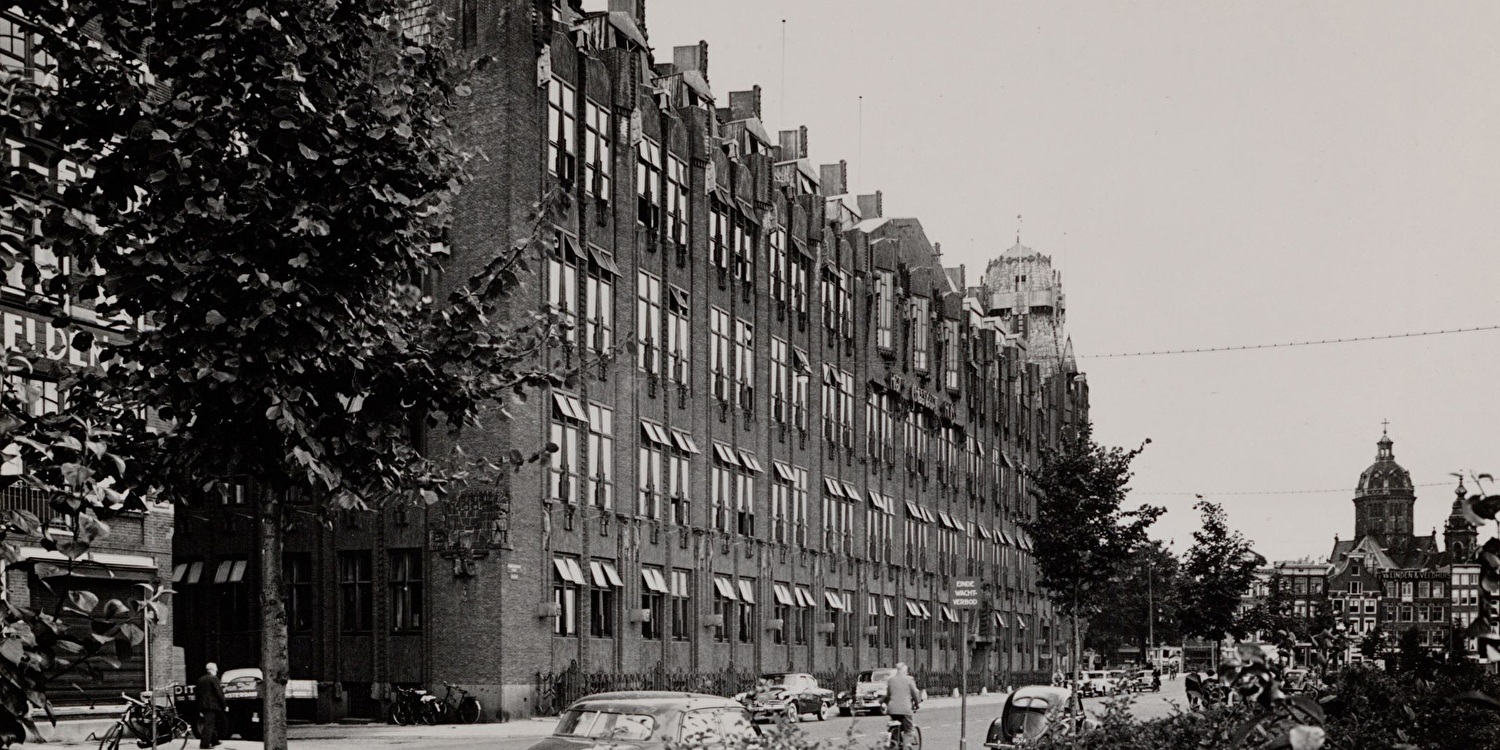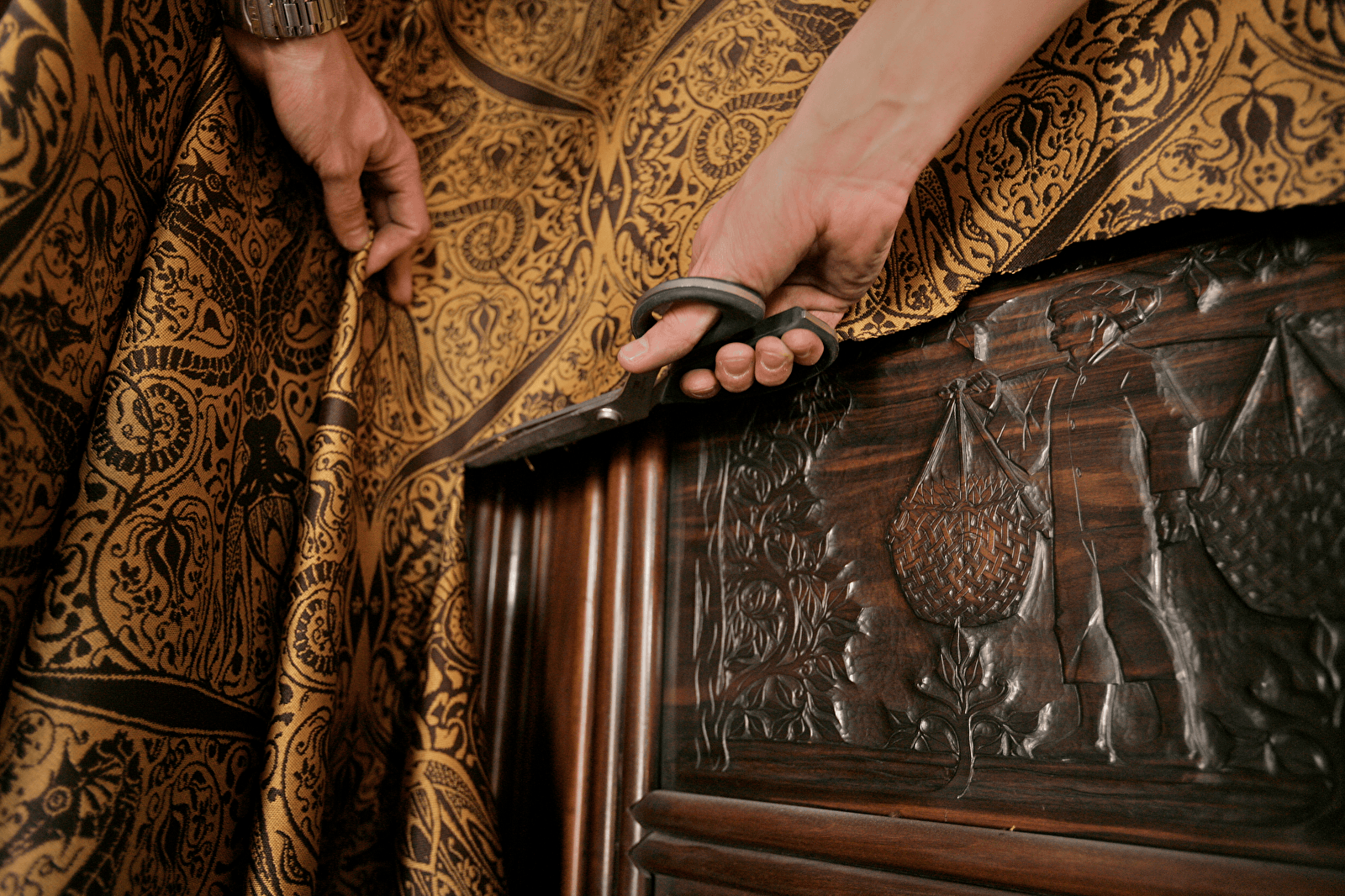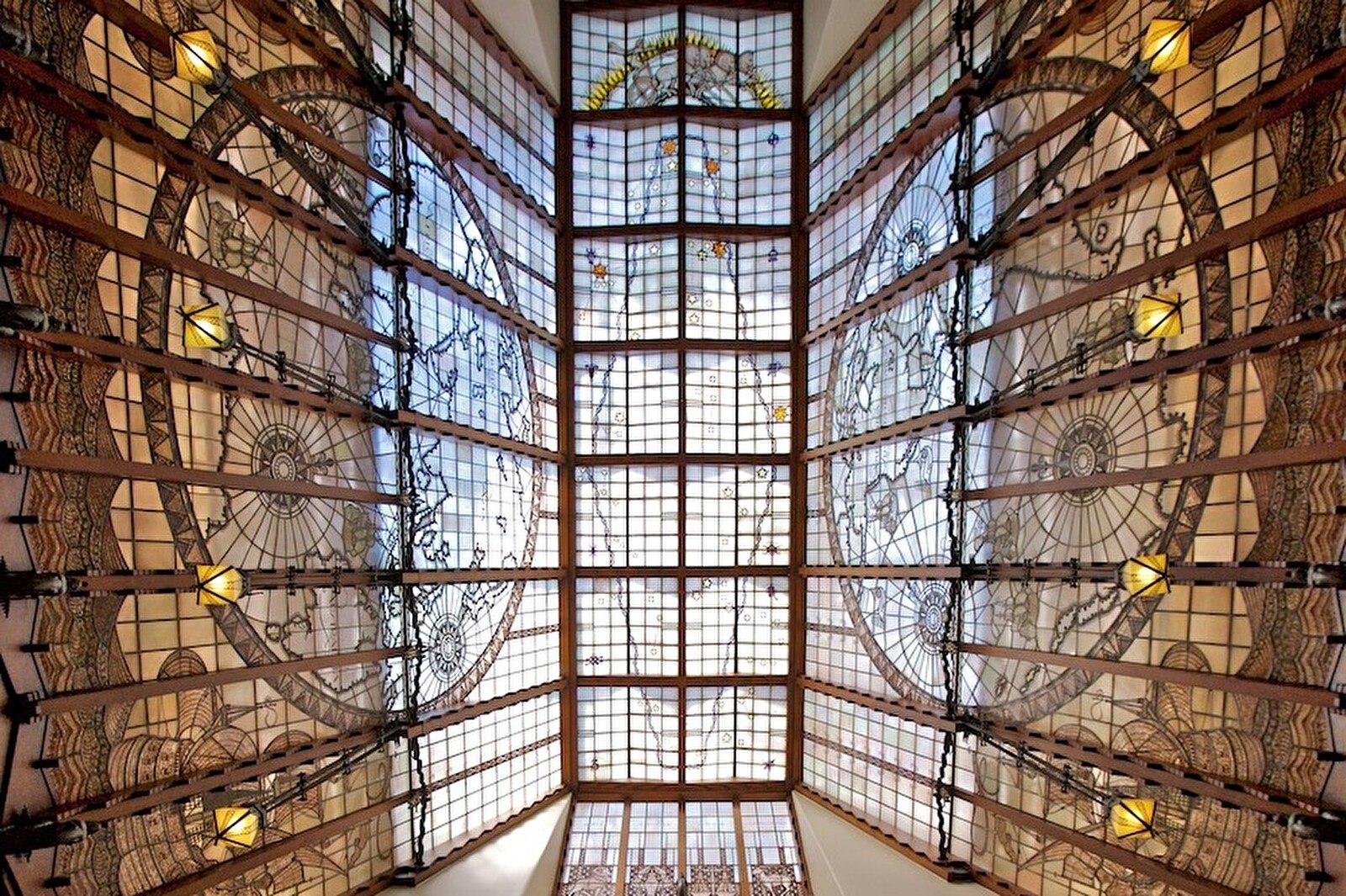The history of the Scheepvaarthuis
On the edge of the center, on the lively Prins Hendrikkade, Grand Hotel Amrâth Amsterdam is located in the former Shipping House. An iconic national monument in Amsterdam School style and a silent witness to over a century of maritime history, art, and architecture.
Discover the different aspects of the rich history and delve deeper into the full story of this five-star hotel.



